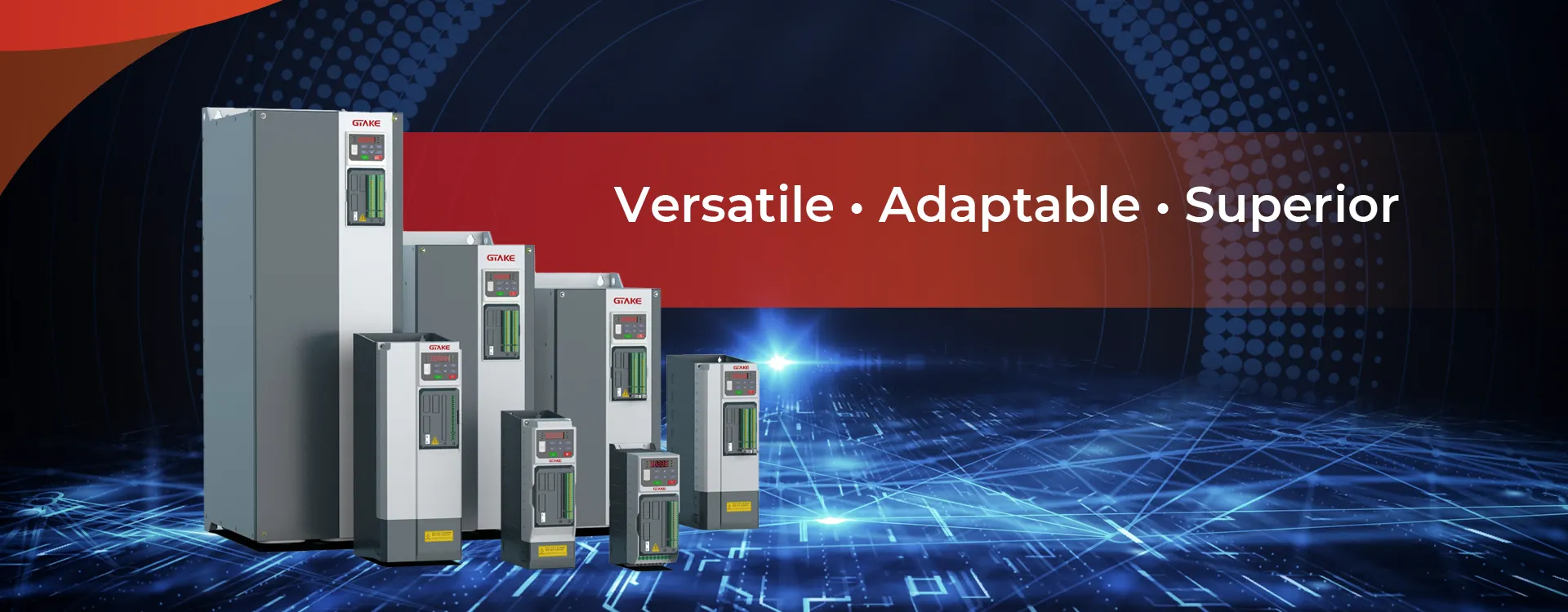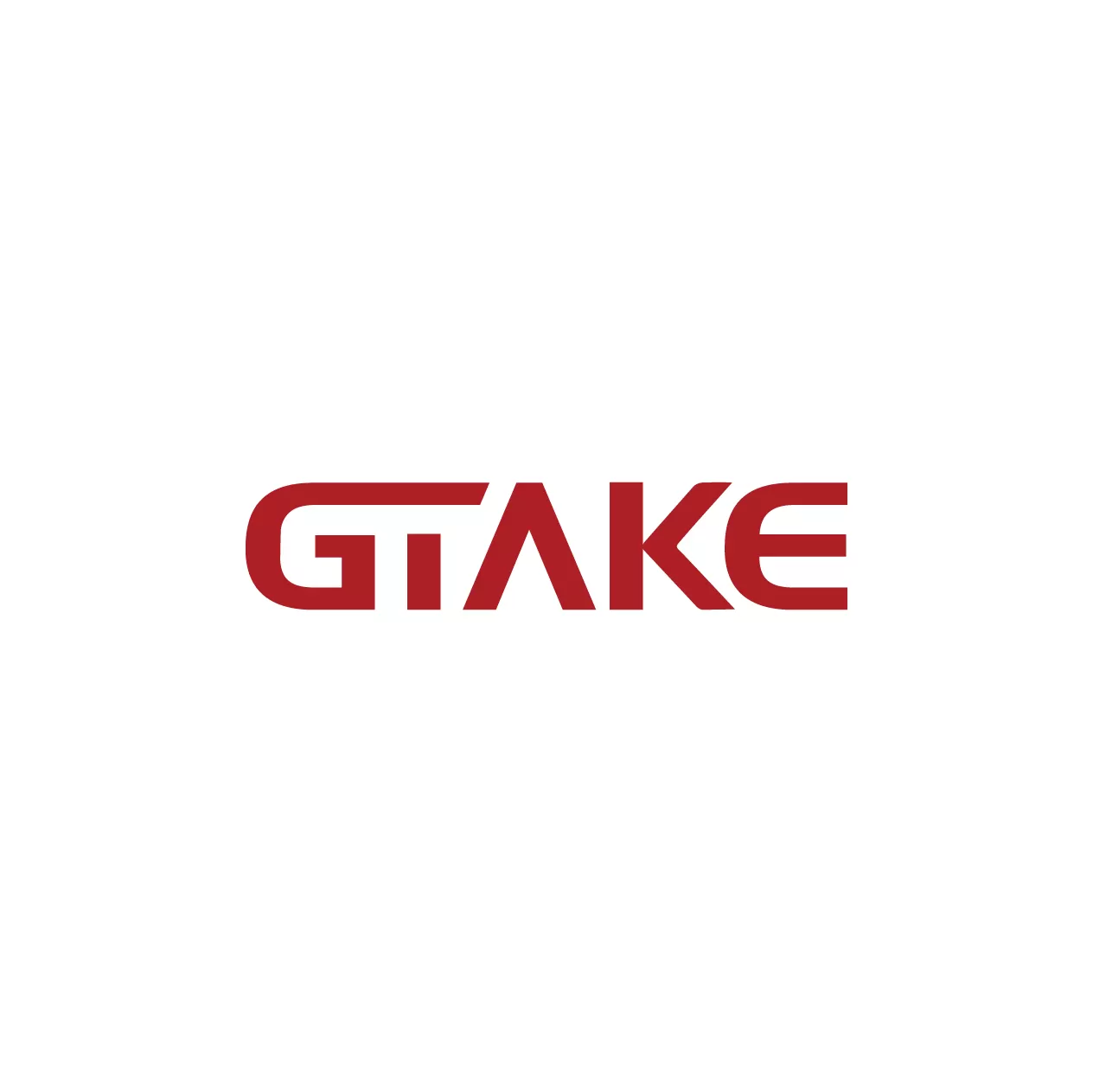Elevator VFD: Enhancing Performance and Energy Efficiency in Elevators
An Elevator VFD (Variable Frequency Drive) is a critical component in modern elevator systems, providing precise control over the motor’s speed and torque. It regulates the operation of the elevator motor, allowing for smoother acceleration, deceleration, and improved overall energy efficiency. In this article, we will explore the role of Elevator VFDs, their benefits, how they work, and why they are essential in modern elevator systems.
What is an Elevator VFD?
A Variable Frequency Drive (VFD) is an electronic device used to control the speed, torque, and direction of an electric motor. In the context of elevators, the Elevator VFD specifically controls the motor that drives the elevator car. By adjusting the frequency of the motor’s input power, the VFD regulates the motor’s speed, which in turn controls the speed of the elevator.
In traditional elevator systems, motors operated at a constant speed, and the stopping and starting of the elevator were controlled by mechanical means. However, with the introduction of VFD technology, elevator systems can now operate more efficiently and smoothly.
Key Functions of an Elevator VFD
- Speed Control
One of the primary functions of an Elevator VFD is to control the speed of the motor. The VFD adjusts the frequency of the voltage supplied to the motor, allowing it to accelerate or decelerate smoothly, ensuring a more comfortable ride for passengers. It can precisely control the elevator car’s speed based on user commands and system requirements.
- Smooth Start and Stop
In traditional systems, elevators would start and stop abruptly, leading to discomfort for passengers and unnecessary wear and tear on the elevator components. The VFD ensures a soft start and soft stop, gradually increasing or decreasing the motor speed to minimize mechanical stress and provide a smoother experience.
- Energy Efficiency
One of the most significant advantages of Elevator VFDs is their ability to improve energy efficiency. By adjusting the motor speed based on the load, the VFD ensures that the motor only uses the required amount of energy. For example, when the elevator car is empty or lightly loaded, the VFD reduces the motor speed, thereby reducing energy consumption.
- Regenerative Braking
Elevator VFDs often incorporate regenerative braking, a feature that allows the system to recover energy during deceleration and send it back to the grid or the building’s power supply. This reduces energy consumption and enhances overall system efficiency, making the elevator more sustainable.
- Overload Protection and Safety
Elevator VFDs also provide built-in protection for the motor. If the elevator encounters an overload or a malfunction, the VFD will detect the issue and take appropriate action, such as reducing motor speed or shutting down the motor to prevent damage. This enhances the safety and longevity of the elevator system.
How Does an Elevator VFD Work?
An Elevator VFD works by controlling the frequency and voltage supplied to the motor. Here’s a simplified explanation of the process:
- Power Supply Conversion
The VFD first converts the incoming AC power from the building’s electrical supply into DC power. This is done through a rectifier circuit.
- DC Bus
The DC power is then stored in a DC bus, which is a part of the VFD system that holds the power for conversion to AC.
- Inverter Section
The inverter section of the VFD converts the DC power back into AC power, but with a variable frequency and voltage. By adjusting the frequency of the AC power, the VFD controls the motor’s speed. The motor’s speed is proportional to the frequency of the AC voltage supplied to it.
- Motor Control
The VFD continuously monitors the elevator’s operation, adjusting the motor’s speed and torque based on the load, user input, and other system parameters. The VFD uses sensors and feedback loops to ensure the motor operates smoothly and efficiently.
- Regenerative Braking
During deceleration or braking, the VFD can reverse the power flow, using the motor as a generator to recover energy and send it back to the power supply. This reduces the overall energy consumption of the elevator system.
Benefits of Elevator VFDs
- Improved Ride Comfort
The most noticeable benefit of an Elevator VFD is the smooth operation it provides. By controlling the speed and acceleration of the motor, the VFD minimizes jerk and vibration during the elevator’s start-up, travel, and stop. Passengers experience a much more comfortable and quiet ride.
- Energy Savings
Since the VFD adjusts the motor speed based on the elevator’s load and needs, it ensures that the motor only uses the required amount of power. This can lead to significant energy savings, especially in buildings with frequent elevator use. Additionally, the regenerative braking feature helps recover energy during braking, reducing overall power consumption.
- Extended Equipment Life
The smooth operation provided by the VFD reduces mechanical stress on the motor, cables, and other elevator components. This reduces wear and tear, leading to a longer lifespan for the elevator and its parts. Furthermore, the VFD’s overload protection helps prevent damage to the motor and other system components.
- Reduced Maintenance Costs
With less mechanical strain on the system and fewer incidents of overheating or overloading, Elevator VFDs reduce the need for frequent maintenance and repairs. This leads to lower maintenance costs and fewer elevator downtimes, enhancing the building’s operational efficiency.
- Compliance with Green Building Standards
As buildings and facilities increasingly focus on sustainability, using Elevator VFDs helps meet green building standards. The energy savings and regenerative braking features contribute to a building’s overall energy efficiency, making it more environmentally friendly and potentially eligible for sustainability certifications.
Applications of Elevator VFDs
- Commercial Buildings
In commercial office buildings, shopping malls, and other high-traffic areas, Elevator VFDs provide the necessary performance, energy efficiency, and comfort for passengers. They allow for faster acceleration and deceleration, contributing to a smoother overall experience in elevators with high usage rates.
- Residential Buildings
Elevator VFDs are also commonly used in residential buildings, especially in multi-story apartments and condominiums. In these applications, the VFD ensures that the elevator is energy-efficient, reducing the overall operational costs while providing a comfortable ride for residents.
- Hospitals and Hotels
Elevators in hospitals, hotels, and other service-oriented facilities benefit from the energy-saving capabilities of Elevator VFDs. Since these buildings often have 24/7 elevator traffic, VFDs help reduce energy consumption and ensure that the elevators can handle different load conditions without excessive energy use.
- Industrial and High-rise Buildings
In high-rise buildings and industrial facilities with heavy-duty elevator systems, VFDs provide the necessary control over motor speed and torque to handle the large and variable loads. The smooth control also minimizes wear and tear on the system, ensuring reliable performance in demanding environments.
Conclusion
The Elevator VFD is an essential component in modern elevator systems, offering numerous benefits such as smoother ride quality, energy efficiency, and extended equipment life. By controlling the motor’s speed and torque, VFDs ensure optimal performance, reduce energy consumption, and enhance the passenger experience. As the demand for more efficient and sustainable buildings grows, Elevator VFDs will continue to play a critical role in modernizing elevator systems and improving the overall functionality of high-rise buildings, commercial spaces, and residential areas.

